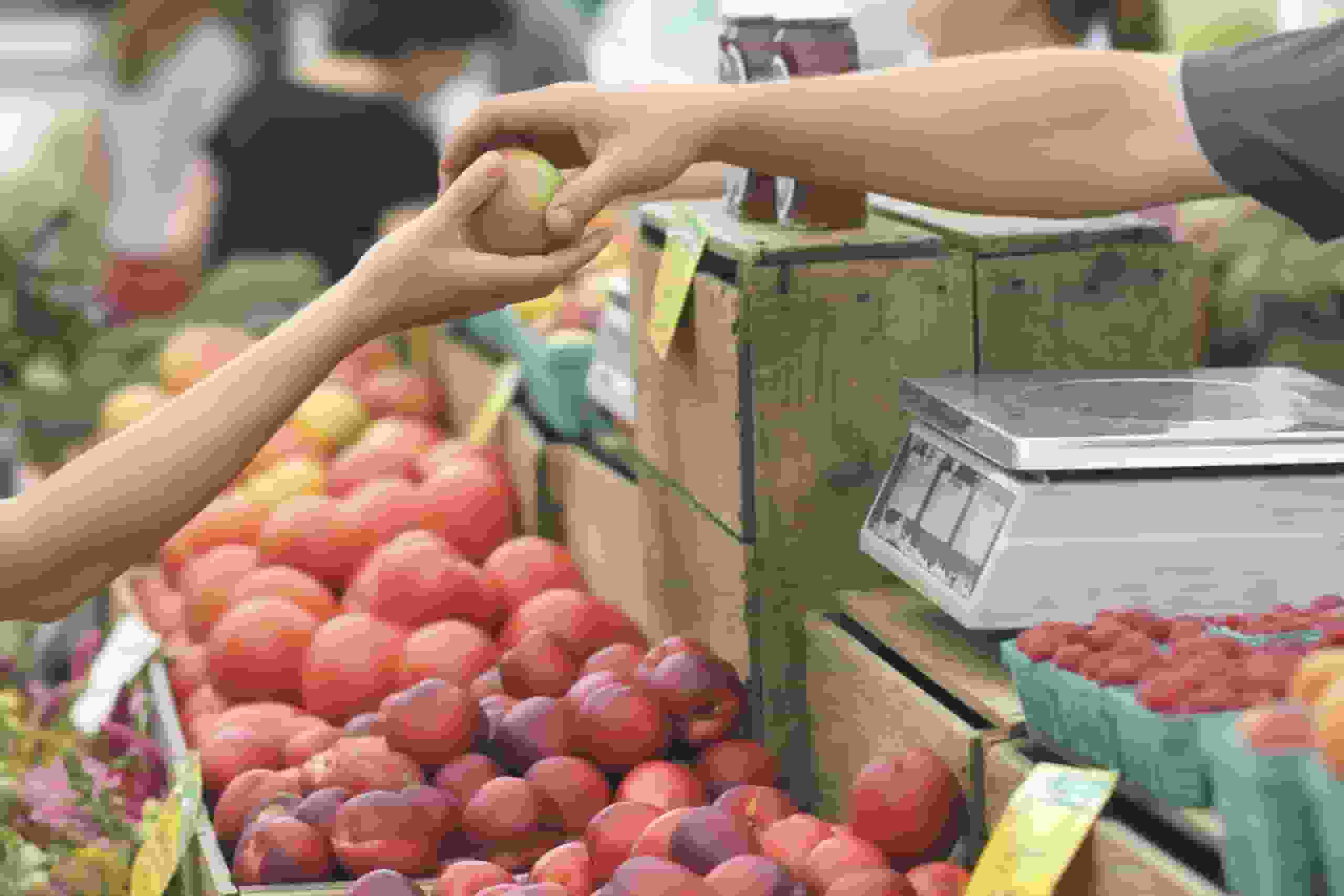
SNAP benefits have traditionally been intended to assist low-income households in increasing their food spending. Modifications have been made to SNAP payments in preparation for the upcoming new year.
The recipients of benefits will get a cost-of-living adjustment (COLA) of 12.5% for the fiscal year 2023, which began on October 1 and will end on September 30, 2023.
SNAP Benefits Allotments
The increase in food prices, which increased by 13% last September compared to their prices in 2021, is what brought about the COLA increase.
The new COLA application for SNAP benefits changed the recipients’ SNAP benefits.
Since March 2020, the Oregon Department of Human Services has announced that the federal government has provided monthly emergency allotments, offering SNAP recipients in the state additional support beyond their payments.
In addition to their regular SNAP payments, about 421,000 households will get an additional $71 million in January.
In Oregon, SNAP families will get emergency allotments on January 11; those who did not receive benefits during the initial monthly distribution will receive them on January 31 or February 2.
Even if emergency allotments have been provided since March 2020, Supplemental Nutrition Assistance Program (SNAP) recipients may need to adjust to life without the additional payments.
The United States Department of Agriculture has urged states to stop emergency allotments by 2023. State officials in South Carolina have decided to cancel the state’s emergency allotments.
On February 1, the South Carolina Department of Social Services announced that all households will resume receiving their usual benefit amounts.
Higher Payments
Due to the COLA rise of 12.5%, SNAP benefits for households will increase. In the upcoming year, households receiving $500 in SNAP benefits will receive a $562.50 increase.
The amount of rewards varies according to the size of the qualified household. A one-person household will now receive $281 as opposed to the previous benefit amount of $250.
Each additional household member would result in a payment of $211, up from $188 in the past. Benefit amounts are increased in Alaska and Hawaii.
One-person households in urban Alaska will receive $351, while those in Alaska Rural 1 will receive $448 and those in Alaska Rural 2 will receive $545. The allocation ceiling in Hawaii has been raised to $538.
Read more: Social Security 2023: You should have received an 8.7% increase today!

Eligibility Limits
In addition to the rise in compensation amounts, eligibility limitations also increased on October 1. In the 48 states of the United States, a household of one must have a net monthly income of less than $1,133, up from $1,074 previously.
In contrast, the maximum asset restrictions for a household with at least one member aged 60 or older and disabled should increase from $3,750 to $4,250.
In addition to the increase from $2,500 to $2,750, the asset limit for all other households is now $2,750.
Simplified Application
The Older Simplified Application Project is slated to begin in 2023, with the goal of increasing Nutrition Assistance participation among the elderly population.
The goal of the initiative is to accelerate the application process for senior citizens by streamlining the application, interview, and verification procedures.
This program’s eligibility requirements stipulate that participants must be at least 60 years old and have no paid or self-employment income.
Read more: Social Security benefits: What retirees should think about before claiming payments?

